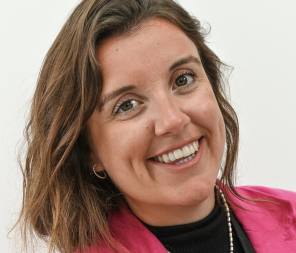
Over the last five years, our industry has changed – almost beyond recognition. No longer are advisers focusing on selecting funds and products, and selling them to their clients.
Today, these products simply form the building blocks of the plan because clients (and advisers) want more – they want to develop and maintain long-term relationships. Both appreciate that this is where the real value lies; it is more of a financial coaching relationship.
Clients who are engaged in, or about to embark upon, an adviser relationship appreciate the need to plan financially for their whole lives. Life expectancy rates continue to rise, as does the cost of living, and people are beginning to realise that they need to have a plan in place to help ensure their money does not run out. The adviser’s job is to empower their client and help them take control of and manage their finances, which can be achieved through simple tools like cashflow modelling.
Cashflow modelling helps to give the client an accurate picture of their future, whether good or bad. It shows them in a way that could not be achieved from numbers and figures alone. I like to highlight their financial futures on a big screen – which can sometimes be disconcerting, but it is the only way to truly paint a picture. I recently used cashflow modelling with a new client of mine (aged 57), and he commented: “I now understand my financial planning for the first time – this is brilliant.”
The outcomes are not always negative; I was able to identify on behalf of another client (through his financial plan) that he was saving too much money. And with no children or dependants, he would – effectively – be taking millions to his grave. The outcome: he is able to retire five years earlier than he had originally planned.
However, the stark reality is that the majority of people see that they are simply not saving enough for their retirement. Working together, we are able to look at alternatives like should the client work longer and push back their retirement? Or do they downscale their planning and aim to have less in their later years? Or do they simply put more effort into saving now? Whatever the decision they make, for many they feel empowered, and often for the first time. It is simple really, but I would say that this is all brought about by this new type of relationship.
I recently worked with a client where their plan identified that they were taking too much risk with their investments. It highlighted that the client only needed a modest 3.5 per cent growth annually to make sure he never runs out of money. He was more than delighted to pay a fee for rebalancing his portfolio to suit his needs because he can see real value in our relationship, even though no products were involved.
It is clear to see that we all find it hard to plan for our futures in any meaningful detail. Proper wealth management allows the adviser to work with the client and take their muddy thoughts and vague aspirations, and craft them into a plan that works for the client.
If I had to summarise the role of an adviser today, I very much see it as being more of a ‘financial coach’. What you have to remember is that they have come to see you, or they retain you, for a reason; they want to achieve something.
I do not deny that building any relationship takes time. The key thing is to ask lots of insightful questions, and to listen very carefully.
Charles Wootton is a partner at Foster Denovo



